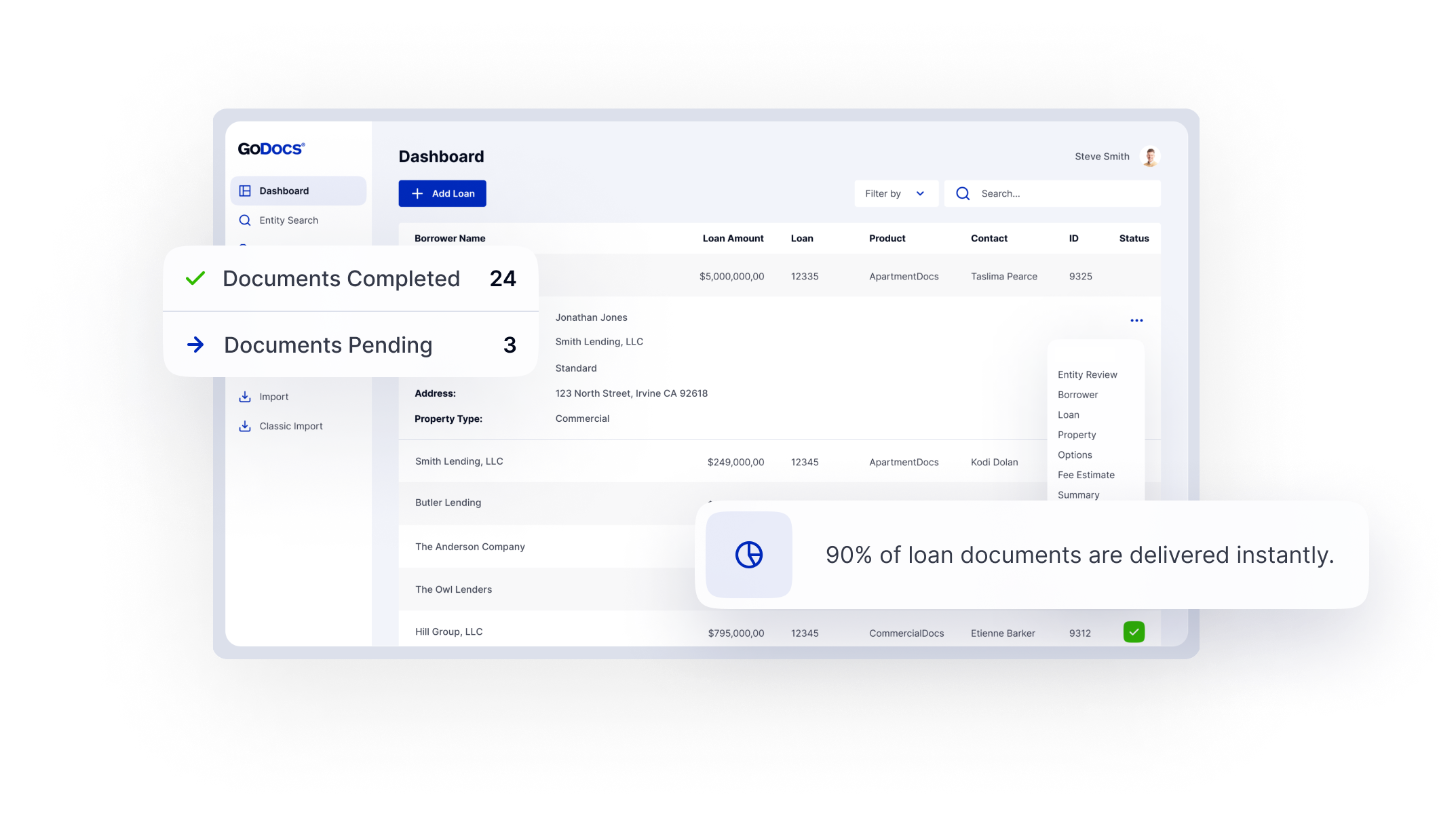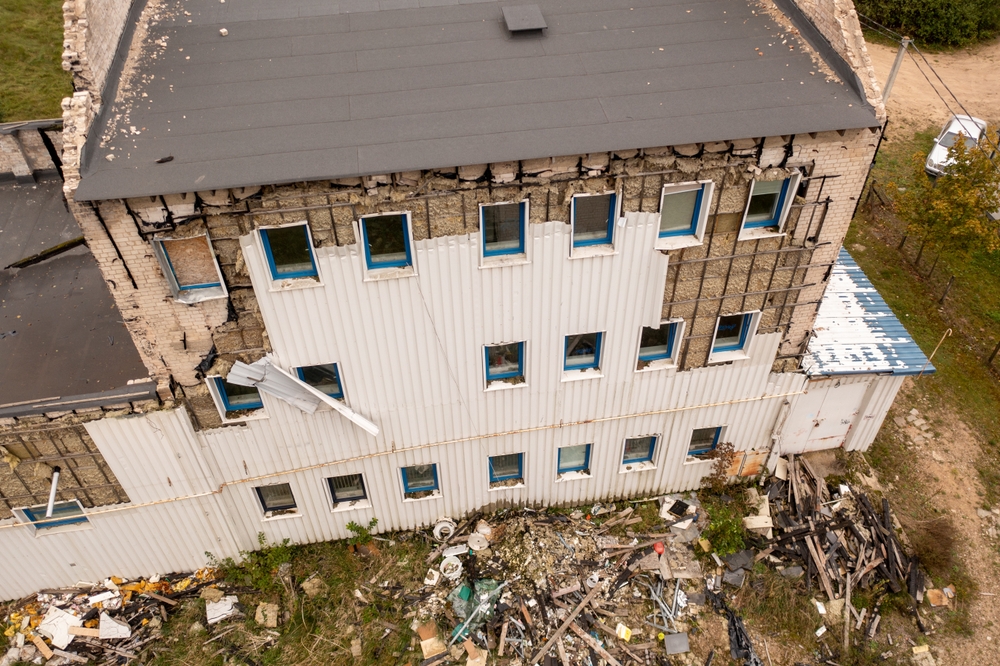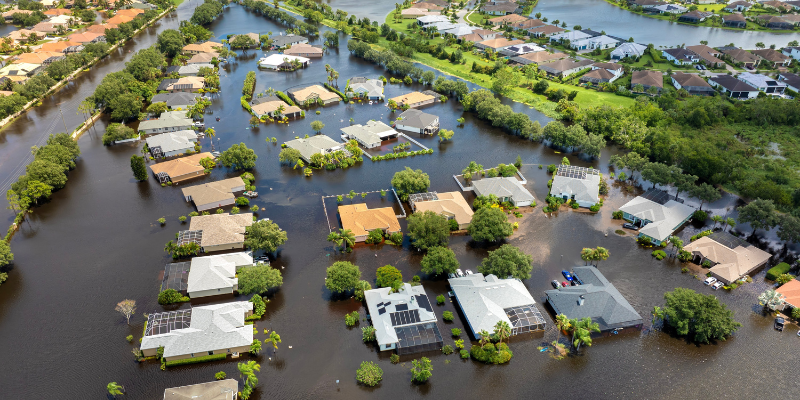Why Disaster-Proofing the Commercial Lending Processes Is Crucial
As regulatory requirements tighten and climate-related risks increase, disaster-readiness is no longer optional for commercial lenders. Risk assessments must now account for the potential of natural disasters, cyber threats, and global market disruptions. Modernizing and disaster-proofing your lending processes is critical to operational continuity, legal and regulatory compliance, and maintaining client trust. Here’s why:
1. Reduce Downtime, Preserve Revenue
Disasters, whether natural, technological, or economic, can disrupt critical systems and communication. Offices can become physically unavailable or non-functional due to a lack of basic utility services. Any of these factors will prevent a lender from completing due diligence or loan approval requirements, processing transactions, creating or accessing documents, or servicing borrowers.
A disaster-proof lending process minimizes these interruptions, keeping deals moving and protecting borrower relationships, all of which lead to bottom line success. Every hour of downtime is a missed opportunity, or even worse, a failed borrower experience.
2. Protect Sensitive Data and Ensure Compliance
Commercial lending involves collecting and handling highly sensitive data, including tax returns, financial statements, credit reports, and other personal identification materials. Regulatory frameworks impose strict data protection obligations. Failure to secure this data risks:
- Regulatory enforcement
- Legal liability
- License suspension
- Irreparable reputational damage
3. Avoid Legacy System Vulnerabilities
Legacy systems are inherently brittle under pressure. Their lack of flexibility and their need to integrate with other protective or semi-redundant systems increases the likelihood of operational failure in a crisis. For deeper insight, see my post on the hidden risks of legacy commercial loan document processes.
How to Proactively Disaster-Proof Your Lending Process
This checklist outlines key steps for commercial lenders to mitigate disaster-related risk and maintain operational integrity:
Incorporate Flexible Insurance Provisions into Loan Documents
Property Insurers can deny continuing or limit future coverage in high-risk zones or following the occurrence of a natural disaster (even if such disaster was not in the immediate area of any collateral property). This risk is becoming more recurrent as natural disasters grow in number and severity each year.
Lenders can take a variety of measures to protect their interests in collateral property by taking certain actions regarding their lending practices, such as:
- Evaluating all available insurance options on a consistent basis to understand then-current market trends.
- Including detailed insurance requirements in their loan documents that address all required insurance coverage necessary to protect the lender’s interests as the holder of the loan and as the lien holder in the collateral property.
- Ensuring the lender’s loan documents include provisions that require the borrower to pursue (at the borrower’s cost and subject to the lender’s approval) alternative risk mitigation strategies if such coverage issues arise with respect to collateral property.
Each lender should conduct a thorough review of the insurance provisions in its loan documentation and promptly update such provisions to address the issues discussed above.
Integrate FEMA Risk Maps at the First Stage of Underwriting
Always use up-to-date FEMA maps to assess flood, hurricane, and other disaster risks during the loan review and approval process. It’s becoming increasingly important for lenders to include this key layer of due diligence to uncover any potential risks tied to the proposed collateral property. These properties are often the primary source of repayment for CRE loans, and recent events have shown that more areas across the U.S. are being affected by natural disasters.
By understanding the full range of risk vulnerabilities for each collateral property, a lender can pursue mitigation strategies as it proceeds with the underwriting of its loans.

Require a Disaster Reserve Fund When Justified
Requiring a borrower to establish a borrower-funded reserve is a time-tested way of ensuring liquidity will be available to fund the completion of property repairs if insurance proceeds are delayed, insufficient, or coverage is denied in whole or in part.
Depending on the lender’s risk assessment of the collateral property, the reserve fund may be capped or open-ended. It should be held in a pledged account controlled solely by the lender and governed by clear, detailed requirements for how the funds can be disbursed.
And, these loan provisions should be clear that the reserve funds will be disbursed only for repairing or replacing improvements on the property (or for repaying the principal balance of the loan under certain circumstances).
Monitor Insurance Compliance in Real Time
Regularly verify that required insurance coverage remains active and compliant with all loan requirements. Use third-party vendors or internal systems integrated with your loan document platform (e.g., GoDocs) to automate tracking and eliminate manual oversight. Even a moment’s lapse in coverage can lead to catastrophic financial results for both the borrower and the lender if that lapse occurs at the wrong time.
Host Documents in a Secure Cloud Environment
Ensure all due diligence information, underwriting data and analysis, loan approval materials, loan documents, and other loan-related items are stored in a secure cloud-based environment, with secure remote access. This approach will enable a lender to experience uninterrupted operations if its physical offices are compromised.
Consistent Policy Enforcement
Every commercial lender should have a detailed security policy that is shared with every member of its organization. This policy must be honored by its enforcement with respect to all employees, including senior management.
Provide Continuing Security Education
Every member of the lender’s organization should be required to complete regular security training so all employees will remain current on security risks and will understand the importance of maintaining strict security protocols. Training should include underwriting platforms, document systems, and e-signature tools.

Train Lending Staff for Remote Readiness
Ensure all team members can access systems offsite, with proper credentials and secure devices. Training should include underwriting platforms, document systems, and e-signature tools. As noted above, if physical access to company offices is unavailable for any reason, your business still needs your attention.
Test Your Disaster Plan
Conduct periodic disaster simulations to stress-test your systems and procedures. Use findings to refine your processes and close operational gaps.
Final Thoughts
Disaster-proofing your commercial lending process and operations is more than a best practice; they are regulatory, relational, and reputational imperatives. Forward-thinking commercial lenders are embedding resilience into their systems now, not as a reaction to the next crisis.
Head of Business Strategies & Partnerships








